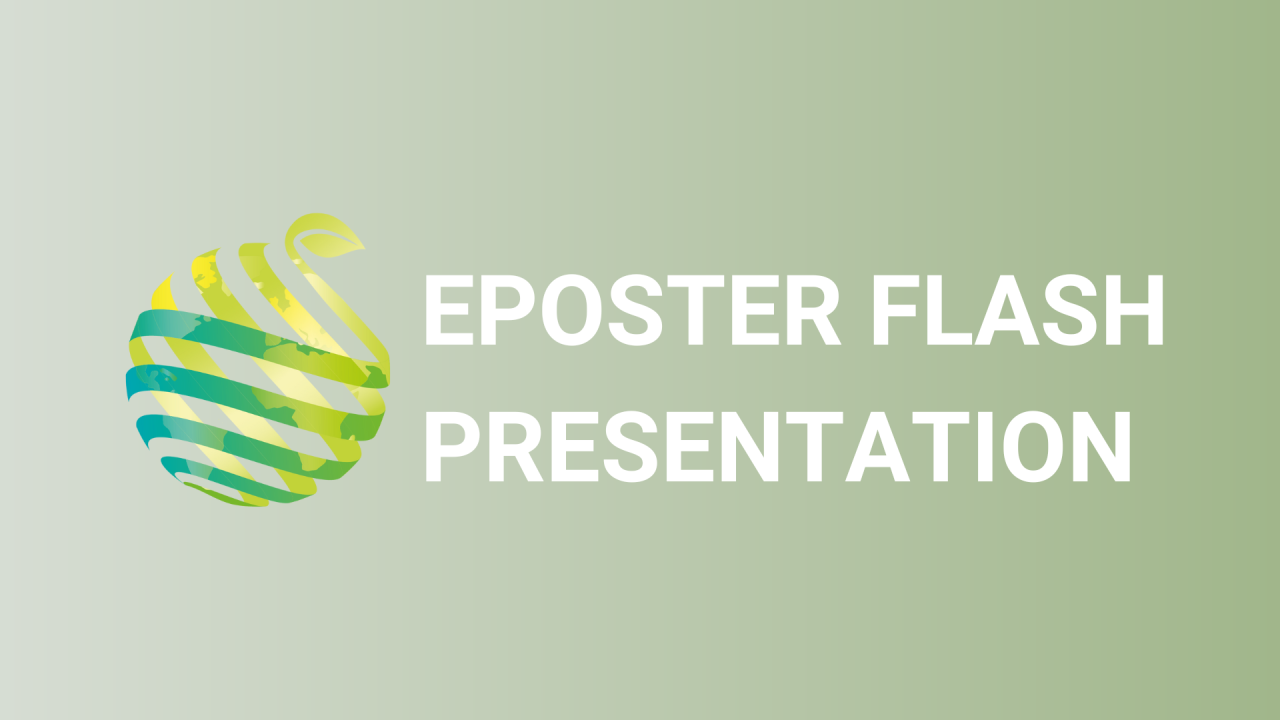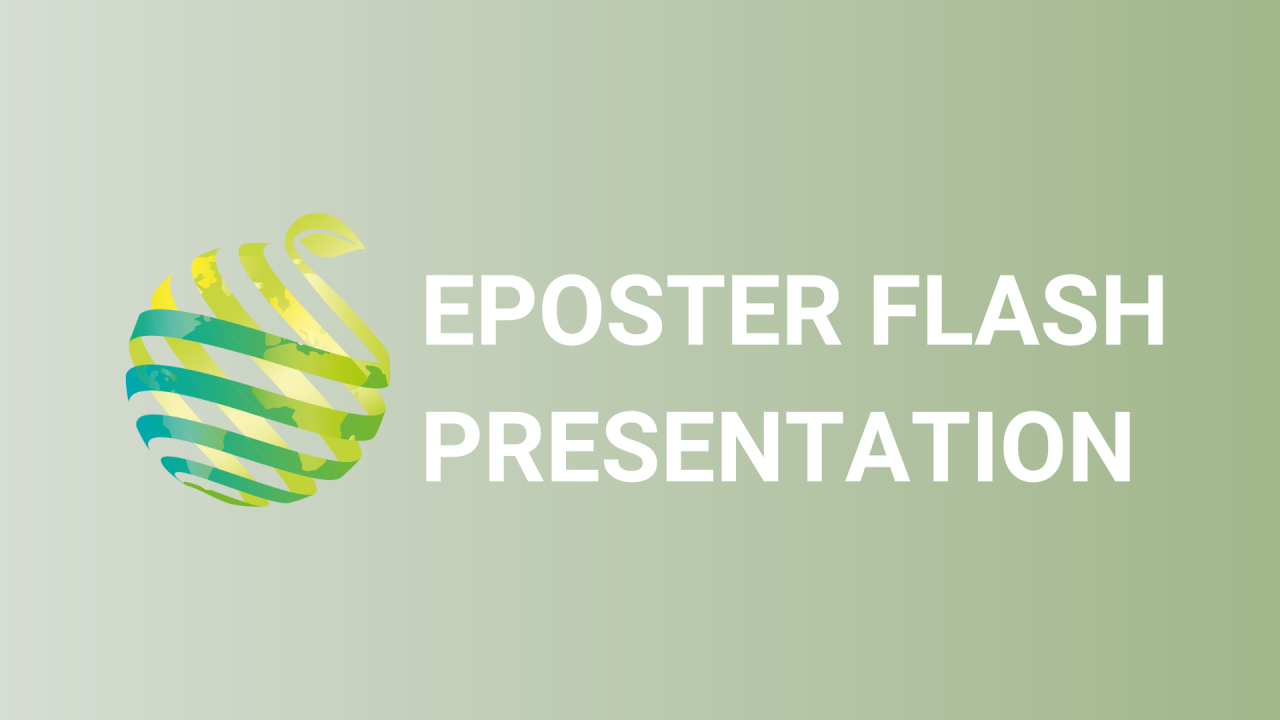

S06 - Session P9 - Normalized difference vegetation imaging for detection of nutrient deficiencies in petunia
Information
Authors: Kahlin Wacker *, Marc van Iersel
Early detection of nutrient deficiencies in greenhouses crops can provides an opportunity to mitigate those deficiencies before they have a serious negative impact on crop production. Normalized difference vegetation index (NDVI) imaging has long been used in field settings and on large scales (satellite, plane, drone) to detect nutrient deficiencies. We developed a low-cost multi-spectral imaging system, using an open-source microcomputer and monochrome camera. The system takes images under blue, green, red, and infra-red light, as well as an image of fluorescence given off by the plant (using blue excitation light and a longpass filter in front of the camera to assure that the camera images only fluorescence). Petunia plants were grown with different fertilizer concentrations and imaged weekly. Multi-spectral images were taken weekly. The chlorophyll fluorescence images were used to determine which pixels in the images are plant versus background, providing a simple way to assure on pixels representing the plant are included in the image analysis. False color NDVI images were created from the images taken under red and infra-red light. The microcomputer also created a histogram of NDVI values of the plants and calculated to average and standard deviation. Low fertilizer concentrations resulted in low NDVI values, confirming that these images can be used to detect the nutrient status of petunia. The low cost and fully automated imaging and analysis makes this approach a valuable tool for controlled environment agriculture.